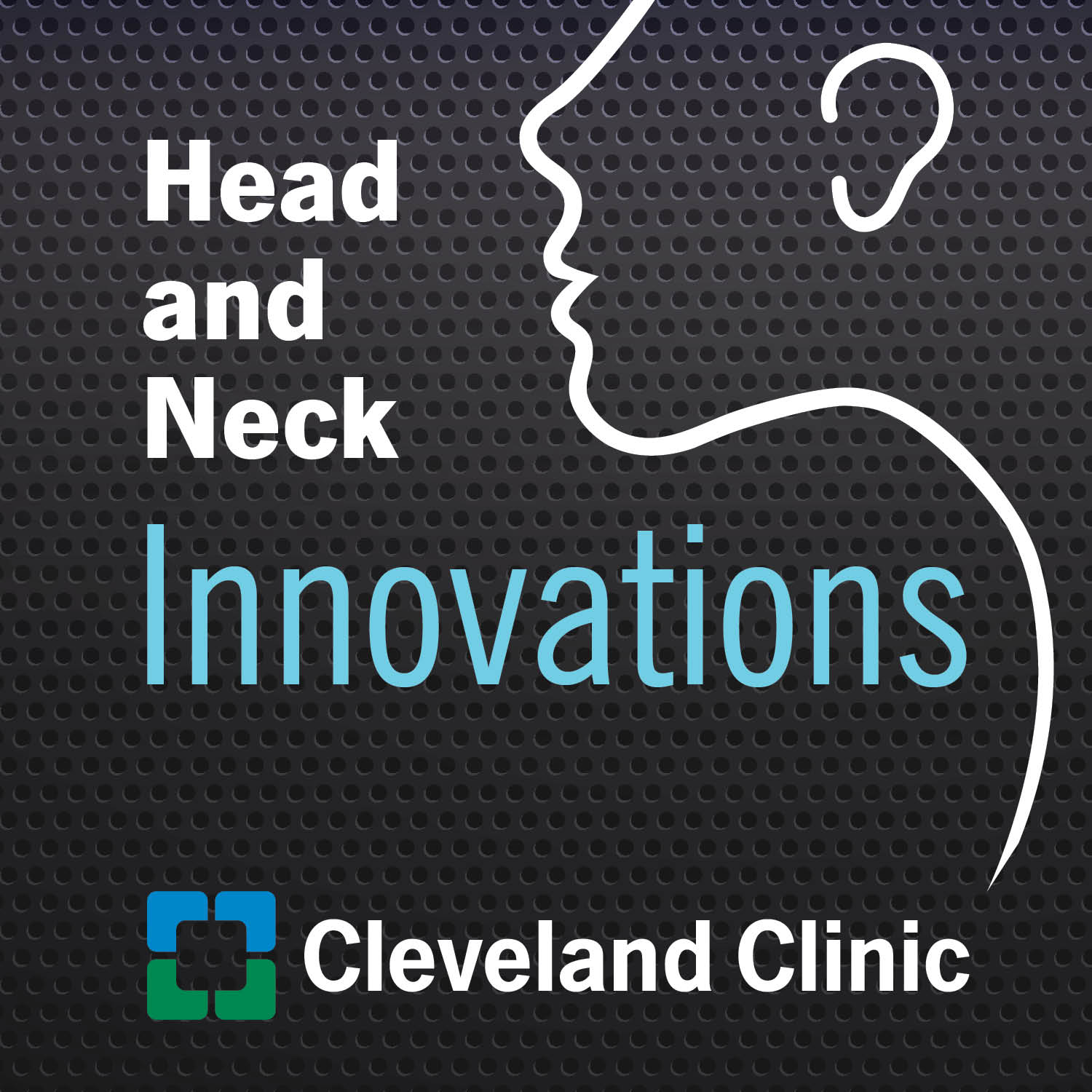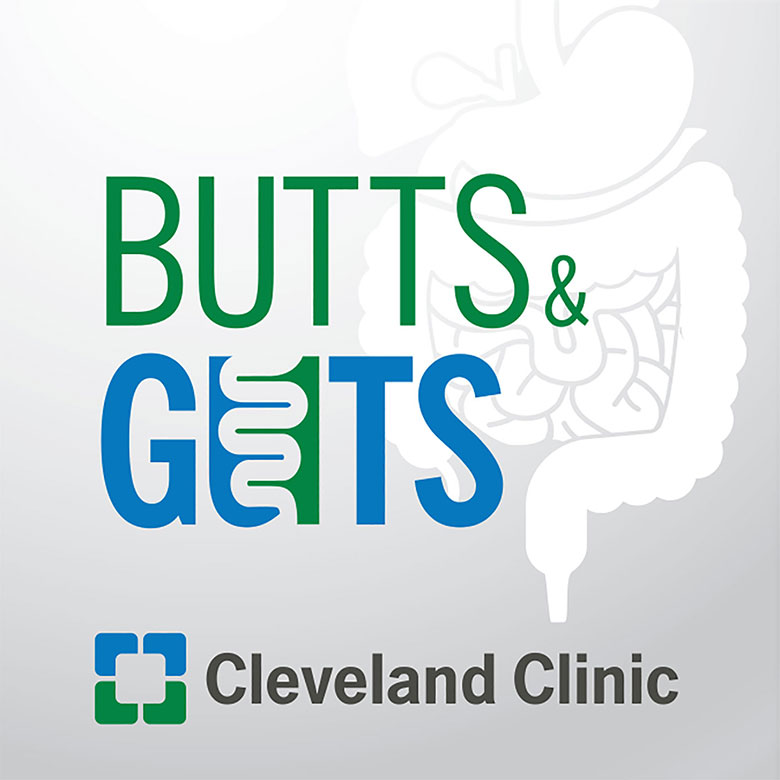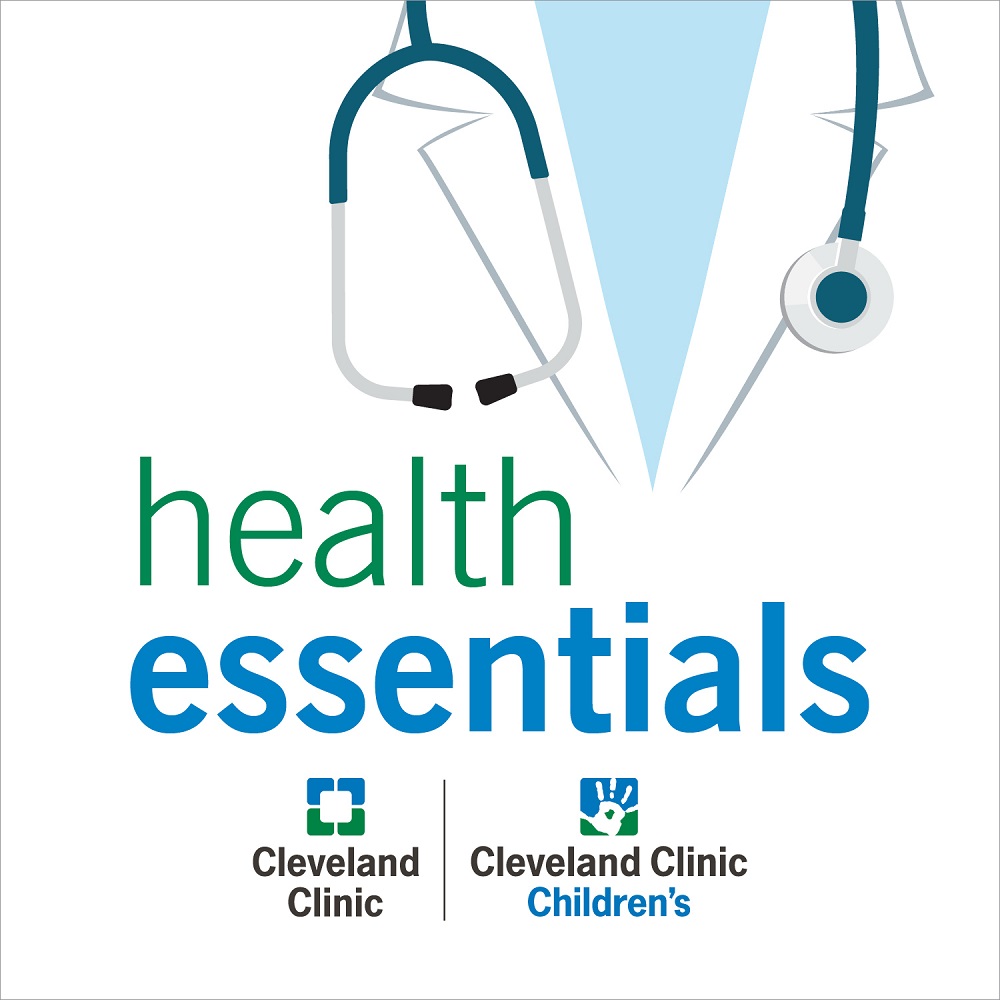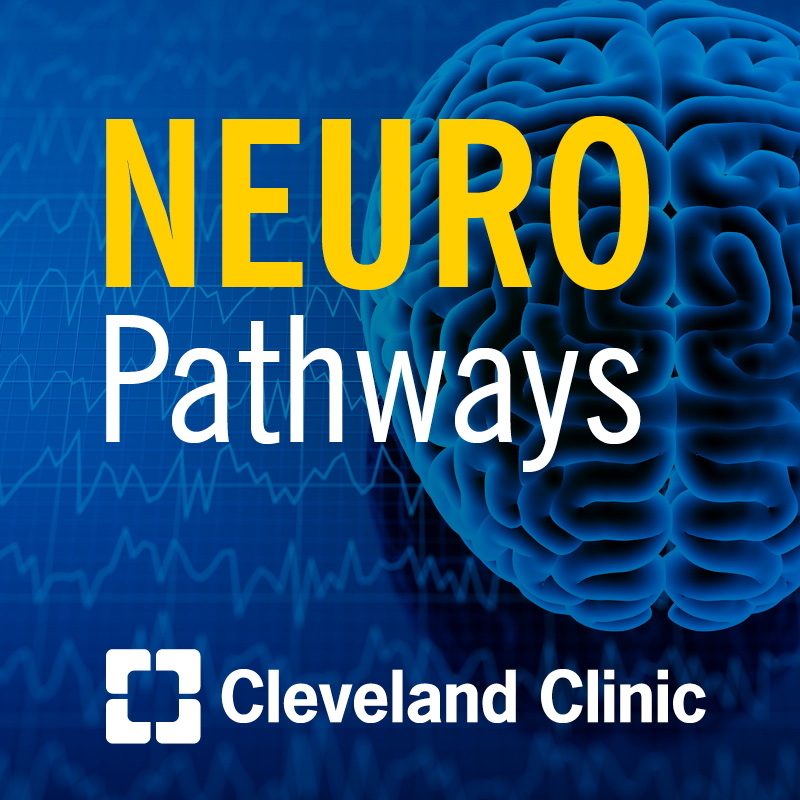Unified Care: Integrating Voice, Swallowing, and Upper Airway Disorders
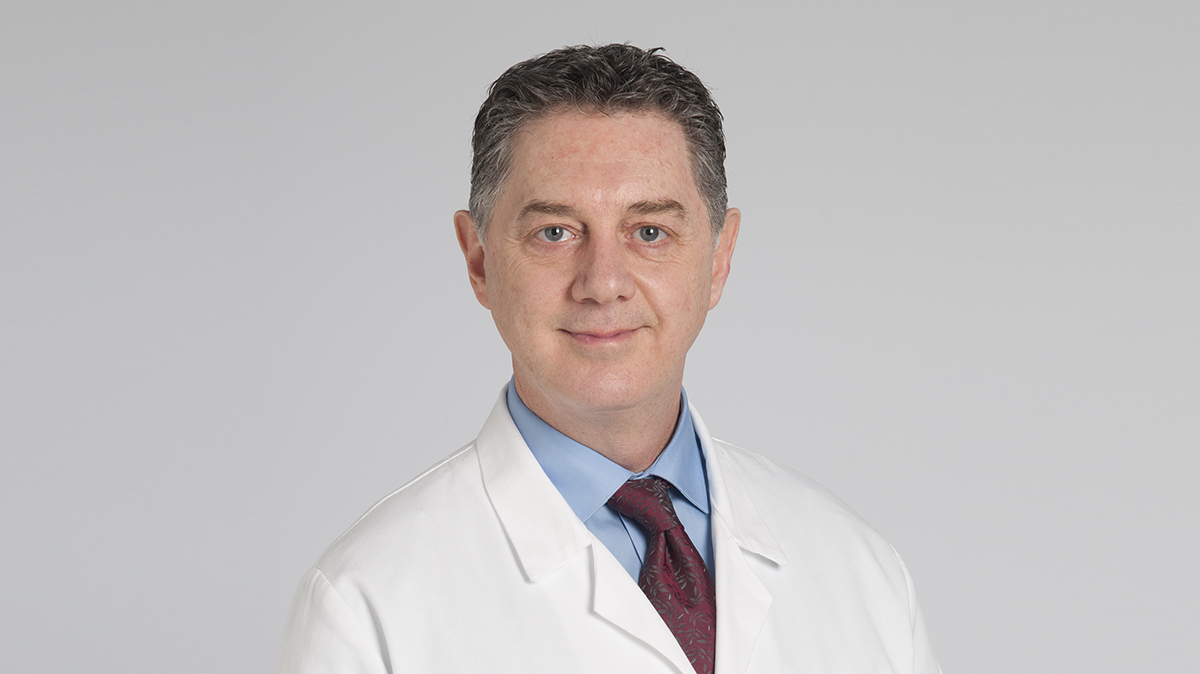
Claudio Milstein, PhD joins the podcast to discuss the concept of unified care in managing voice, swallowing, and upper airway disorders. Dr. Milstein explains the importance of interdisciplinary collaboration in optimizing patient outcomes and shares details about an exciting upcoming CME on unified care.
Subscribe: Apple Podcasts | Spotify | Buzzsprout
Unified Care: Integrating Voice, Swallowing, and Upper Airway Disorders
Podcast Transcript
Paul Bryson:
Welcome to Head and Neck Innovations, a Cleveland Clinic podcast for medical professionals exploring the latest innovations, discoveries, and surgical advances in otolaryngology - head and neck surgery.
Thanks for joining us for another episode of Head and Neck Innovations. I'm your host, Paul Bryson, Director of the Cleveland Clinic Voice Center. You can follow me on X, formerly Twitter, @PaulCBryson, and you can get the latest updates from Cleveland Clinic Otolaryngology-Head and Neck Surgery by following @CleClinicHNI on X. That's @CleClinicHNI. You can also find us on LinkedIn at Cleveland Clinic Otolaryngology - Head and Neck Surgery, and Instagram at Cleveland Clinic Otolaryngology.
Today I'm joined by a returning guest, Dr. Claudio Milstein speech language pathologist, and also director of the Cleveland Clinic Voice Center. Dr. Milstein, welcome back to Head and Neck Innovations.
Claudio Milstein:
Thank you, Paul, for the invitation. It's always a pleasure to participate in this podcast.
Paul Bryson:
Well, as we dive in, we have a lot to talk about and some exciting things to share, but let's start by having you just share some background on yourself for our listeners, where you're from, where you trained, and just a little bit of your journey here and what you do here at Cleveland Clinic.
Claudio Milstein:
Sure. I started my training at the School of Medicine of the University of Buenos Aires, and then my doctorate was in the U.S. It was split between the University of Arizona in Tucson and finishing at the Mass. and Eye Ear Infirmary in Boston, which is part of Harvard Med School. After graduating, I was invited to join the Voice Center at the Cleveland Clinic in 2002, and this has been my home since then. I think that Cleveland Clinic has been a wonderful place to work. I really think that my career took off because of the support that I've had always from the department and my various chairman and big fan of the Cleveland Clinic here.
Paul Bryson:
Yeah, it's been an awesome journey and there's been a lot of growth. We've certainly seen and shared a lot of growth and clinical offerings and research over the years, so it's been great.
Claudio Milstein:
I agree on that one.
Paul Bryson:
For our listeners, I understand you've had a lot going on with projects, collaborations and research. Let's dive right in. What are some of the projects that you've been working on and are excited about and want to share today?
Claudio Milstein:
Yeah, I have been working quite a bit on respiratory laryngeal disorders, and this I think has been the topic of one of our past podcasts. And what are these respiratory laryngeal disorders. These are problems with breathing that don't come from a lung disease or heart disease, but cause significant shortness of breath. And the problem is in the upper airway, not in the lungs or the heart, and the conditions that I've been interested in are called inducible laryngeal obstruction, exercise laryngeal obstruction, that affects primarily young athletes, and a newer condition, which is breathing pattern dysfunction. In the last few years, I developed a therapy technique that is very effective in treating these disorders in a short period of time. I have published several articles on the effectiveness on the therapy, and currently I'm working on validating the therapy technique and in publishing detailed guidelines on how to treat these patients so practitioners outside of the clinic can implement this therapy and treat patients that way.
So that is actually quite exciting, and it goes together with another project that we did with a group of international colleagues, which is the creation of the Global Initiative for Inducible Laryngeal Obstruction. I am one of the founding members, and this is an international organization. We have colleagues from Norway, Denmark, the U.K., Australia, the U.S., and all of these are colleagues that are experts in their field in respiratory care. Some are the primary respiratory care doctors for Olympic teams, for example, the Olympic skiing team in Norway. And the board includes people from speech language pathology, lung doctors, and allergy specialists. And the goal of this organization is to bring awareness on how to diagnose and to treat inducible laryngeal obstruction and related conditions. And this is to promote awareness both in healthcare providers and in patients around the world.
Also talks about how this is a multidisciplinary team and what is the best way to approach care for these patients as a multidisciplinary activity. We put several conferences. The last conference was last year in Pittsburgh, and we are developing a series of webinars and starting to plan the next Inducible Laryngeal Obstruction international conference for 2026. Anybody that is interested, I would suggest that you check out our website, which is www.GIILO.org. Right now, it's free to become a member, so I encourage all the audience of today's postcard to become a member and keep in touch with the respiratory colleagues around the world. Again, www.GIILO.org.
Paul Bryson:
I had a question too. The patients that have trouble with these conditions, it seems like a pretty wide group of athletes, but other adults. Aside from the website that you shared, I also understand you have a number of patient stories that might be available on the website for people to maybe see examples or scenarios that you've encountered. You have a pretty broad and deep career of these sorts of presentations that you've seen. Any other advice for the listener? You don't have to dive into all of the vignettes, but I mean you see people of all ages and athletes of various backgrounds that might have these.
Claudio Milstein:
Yeah, so the athlete population is specifically for these Exercise-Induced Laryngeal Obstruction or EILO, but this condition of the upper airway reacting in a way that impacts how we breathe can happen at any stage of life and can actually be life-threatening sometimes. We do collaborate at the Cleveland Clinic with our pulmonary and allergist colleagues, and for example, there are patients that have severe episodes of shortness of breath and they end up in the ER frequently. The thinking when they get to the ER is that they have anaphylaxis and they are treated with steroids, with epinephrine, anxiety medications and then sent home, but then the following week they present again with the same issue.
The key here is to do a good workup to determine if indeed they are having anaphylaxis or angioedema, which is a severe allergic reaction, or if they have this reaction from the upper airways because the diagnosis and the treatment, depending on which condition it is, is vastly different. So yeah, not only athletes, but a lot of different patient populations can have these kinds of disorders, and together the pulmonary allergy experts here at the Cleveland Clinic, we take care of them in a unified way, which is very rewarding because we're working together to try to help these patients.
Paul Bryson:
Well, this concept of working together and this idea of unified care, this kind of dovetails nicely into another kind of big event that you're co-leading with our head and neck department, and it's going to be titled Unified Care: Integrating Voice Swallowing and Upper Airway Disorders, and it's here in Cleveland, September 4th through 6th. And as a chorus director, please share with us, there should be a lot of interest from our listeners and we hope to get this out on all of our channels. Can you share a little bit about this meeting and really what makes this conference unique? For anyone who visits the program, it's really an amazing endeavor that yourself and Dr. Brodsky have undertaken. I'm not really aware of any conferences like this for people to participate in. Can you share a little bit about this event?
Claudio Milstein:
Sure. We are very excited about this conference because we think that it's pretty unique. So where did we get the idea? Well, the idea comes from one of the true strengths of the Cleveland Clinic model of care, which is interdisciplinary approach for care, for caring for patients. So what is interdisciplinary care? Well, it involves getting together healthcare professionals from different fields to collaborate together to provide a comprehensive care and coordinating care for our patients. So this model of communication and interdisciplinary care is key to the Cleveland Clinic. I was very impressed by this type of care when I moved here 23 years ago, and I think we live and breathe this at the clinic, and this is what makes the Cleveland Clinic care very unique. We do get patients coming from all over just because they feel that in their places where they live, they may have very good specialty care, but people don't seem to talk to each other, so different professionals don't communicate, and they feel that they are treated very well for one specialty but not as a whole.
So we include in our multidisciplinary care decisions from all different specialties, but also nurses, therapists, physician assistants, social workers, and all of us work together to create a comprehensive plan of care that is tailored to each patient's specific needs. So what does this do? Well, it creates better patient outcomes. It reduces medical errors, therefore, the patient's safety is improved. It enhances communication between different professionals. It is more efficient healthcare. For example, it avoids redundancies, it avoids duplication of studies, and it ends up being better in reducing hospital stays and hospital costs. The treatments are faster and the patient satisfaction goes up. So we've been thinking together with my colleague, Dr. Brodsky, how we can create a conference that truly explores these interconnected care or patients that have voice, swallowing and upper airway disorders. And I think that we put together a really phenomenal program, and that's what is so exciting about it.
So for example, to give you an example of some of our sessions. When we talk about diagnosis and management of upper airway hypersensitivity and hyperreactivity, that is allergies, irritable larynx syndrome and cough. We don't get one person talking about it, but we get together an ENT, an allergist, a pulmonary specialist, and a speech language pathologist, all of us talking about our unique perspective on how to evaluate these patients, how to treat them, and then how to communicate with these other specialties to get this true sense of unified care. Another example, when we talk about balancing airway management for patients that have very challenging airways after surgery and how those impact voice swallowing and upper airway. So we get together an anesthesiologist, a laryngologist, a nurse and a speech language pathologist, and all of them talk about how to care for these patients.
When we talk about swallowing, so the journey of the food and liquids that go from the lips to the stomach, well, we get a speech language pathologist, a GI specialist, a radiologist, a nurse, and a laryngologist, because all of us are involved in the care of these patients. So you see how we truly bring the unique format of patient care that we do at the Cleveland Clinic into a format in a conference, getting everybody together and sharing with the audience what we do best. Other topics includes neural laryngology with neurologists, inducible laryngeal obstruction with pulmonologists and allergists, professional voice care, treatment for patients with gender dysphoria. And at the end of the conference, we have a grand finale with all the keynote speakers coming together, putting together everything that we learned in these three days of learning and summarizing the final. So I hope that this makes people interested and excited, and we hope to see everybody in September in Cleveland.
Paul Bryson:
Yeah, it's going to be a great time of year. It's going to be a great conference. I think participants are going to get to see the natural interactions that we have and hopefully get some insight into how we coordinate care. I think it's a cultural thing for us as well. And I also know that we have some invited guests and colleagues from around the country, so it should be a pretty rich experience, I think, for the participants and certainly really kind of a very unique conference that really doesn't have a ton of parallels that we've seen here in the U.S. Yeah, congratulations on that. I'm looking forward to participating.
Claudio Milstein:
Yeah, like I said, I think September is a really good time to visit Cleveland. If you haven't been here, the weather is phenomenal. Cleveland has a lot of things to offer, and like you mentioned, we have nine keynote speakers, which are top-notch experts in their fields coming from other institutions. And then we have 36 top-notch Cleveland Clinic talent. So overall, we have around 45 or more people discussing their expertise in caring for these patients. We will have three concurrent tracks, a voice track, a swallowing track, an upper airway track, and I myself am very excited about it and the same as my colleague Dr. Brodsky, and pretty much everybody participating. So we hope to see many of you here in Cleveland in September.
Paul Bryson:
Well, and for the listener to learn more and to register, please visit CCFCME.org/VoiceSwallowingAirway2025. That's CCFCME.org/VoiceSwallowingAirway2025. And as we wrap up, any final take home messages for our listeners? We've got to cover quite a bit of ground today.
Claudio Milstein:
Final word is basically inviting everybody to attend the conference. We are all pretty excited about it, and I hope that we can transmit that excitement into actionable things that people can take from the conference directly into the clinics, and improve the practice.
Paul Bryson:
For more information on voice services at Cleveland Clinic, please visit ClevelandClinic.org/Voice. That's ClevelandClinic.org/Voice. And to connect directly with a specialist or to submit a referral, call 216.444.8500. That's 216.444.8500. Dr. Milstein, thanks for joining Head and Neck Innovations.
Claudio Milstein:
Always a pleasure. Thank you.
Paul Bryson:
Thanks for listening to Head and Neck Innovations. You can find additional podcast episodes on our website clevelandclinic.org/podcasts. Or you can subscribe to the podcast on iTunes, Google Play, Spotify, BuzzSprout, or wherever you listen to podcasts.
Don't forget, you can access realtime updates from Cleveland Clinic experts in otolaryngology – head and neck surgery on our Consult QD website at consultqd.clevelandclinic.org/headandneck. Thank you for listening and join us again next time.
